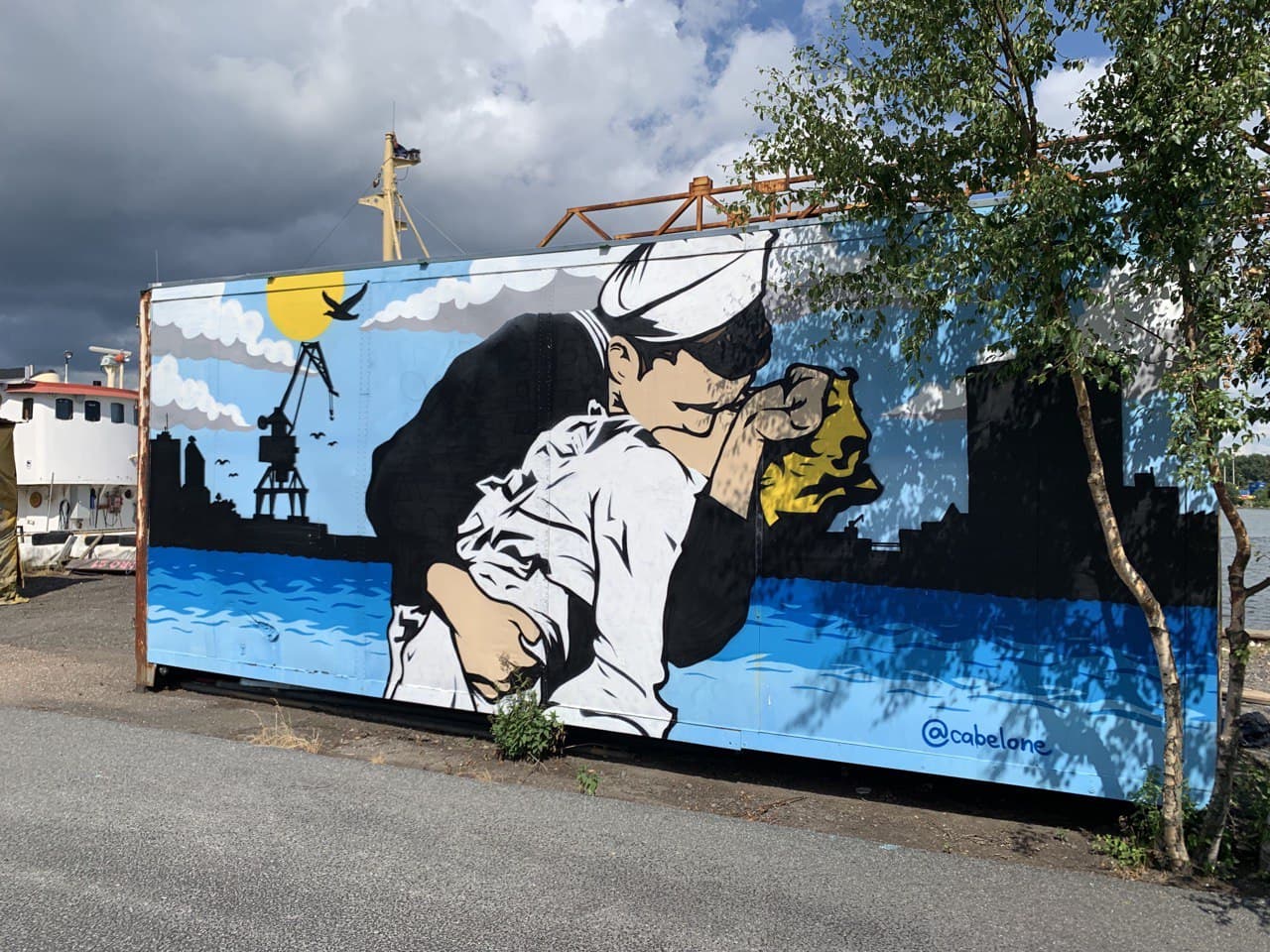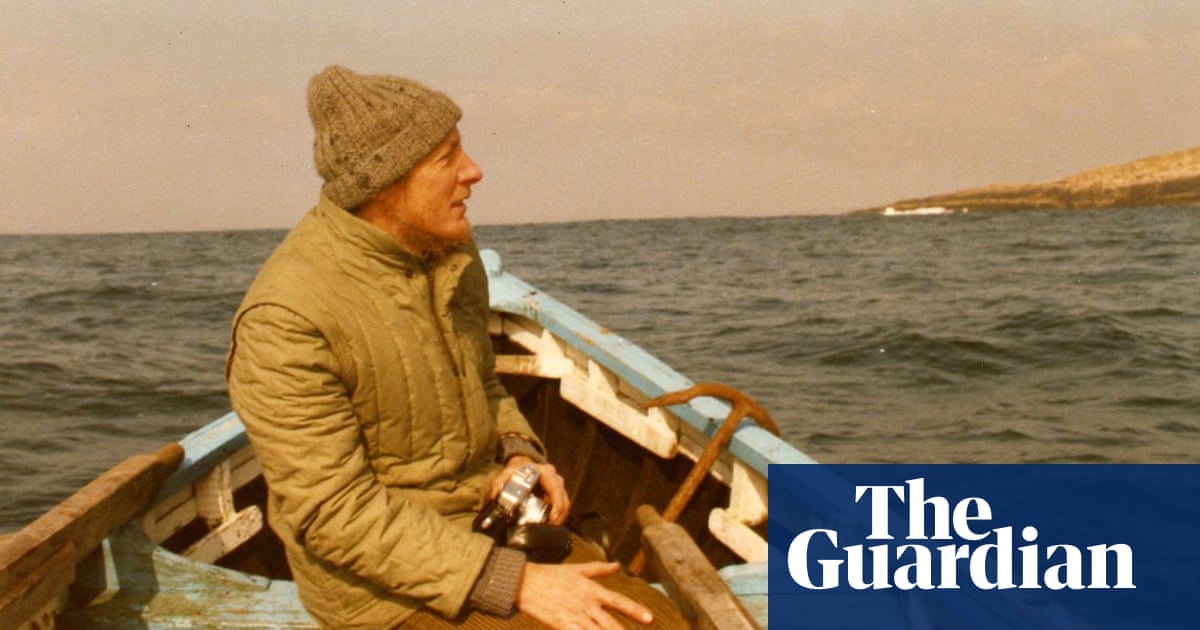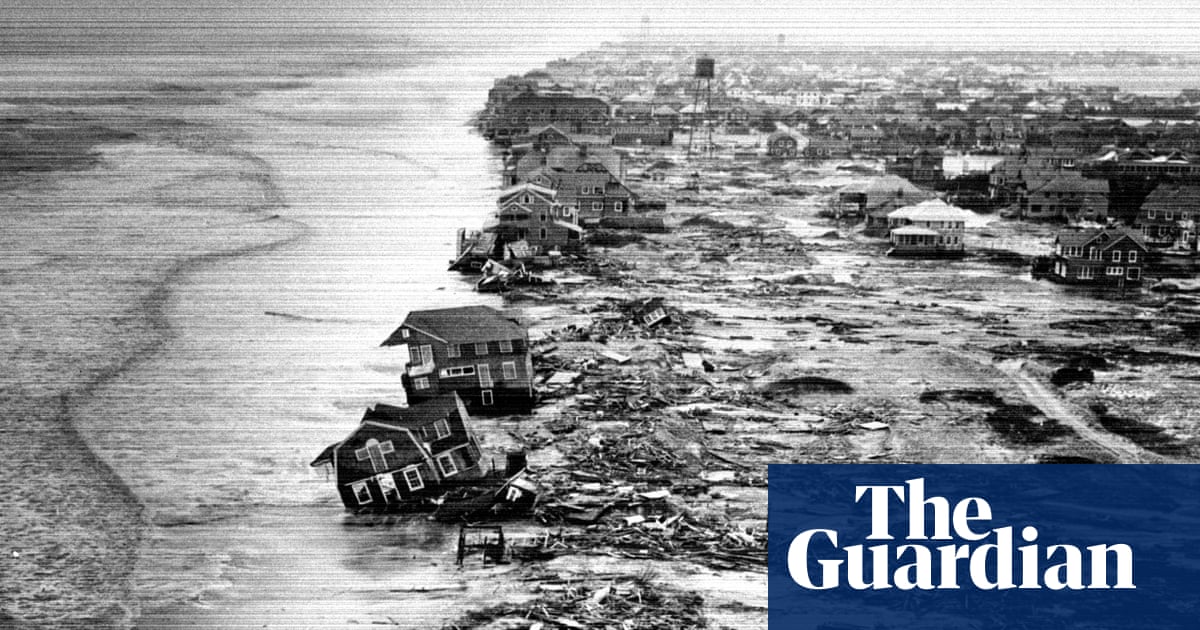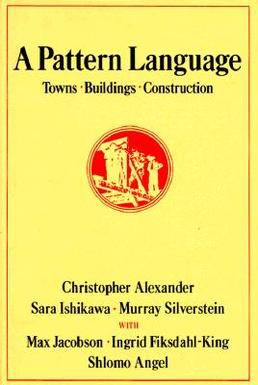Tenday Notes 1 Jul - 10 Jul 2021

Every ten days I share a quick digest of what I've been working on. Here's the latest. More in the series here. Want them in your inbox? Sign up.
Two work things to talk about this week. The first is the release of episode three of my data sonification podcast, Loud Numbers.
Boom & Bust tells the story of the US economy over the last 60 years, focusing on growth and inequality. We've turned it into an old-school jungle track, with plenty of airhorns, backspins and a phat bassline.
One bar of track time represents one financial quarter in the data. When the drum loop plays forwards, the economy is going strong. But when the US economy starts cooling down and spinning backwards into recession, so does the music. Listen out for the airhorn when the US economy starts growing again.
Samples of politicians and other notable figures are scattered throughout the track, telling the story of what’s happening at approximately that point in time. Finally, the bass drops in years when there was a presidential election.
The second work thing to mention is a new project for climate charity Possible, where I built a mapping tool that helps people living in England finds places in their community that would benefit from a little extra green space. It's called the Parklet Plotter.

What's a parklet? I'm glad you asked:
Parklets are parking spaces that communities transform into a place to rest, socialise, play, or even just fill with plants. They help reclaim public space from cars and improve access to green space for many. With transport being responsible for 27% of the UK’s carbon emissions, finding inventive ways to reduce the number of vehicles in cities and giving space back to people and nature will be vital in achieving net zero, addressing climate change and making cities more liveable.
The Parklet Plotter includes buttons which allow you to jump to specific cities, as well as switch between seeing public green space, access to public and private green space, deprivation levels, and car ownership per household. Full details of sources and methodology can be found on the site.
If you want to help us make these parklets a reality, we're raising £8,000 to build example parklets in communities in Birmingham, Bristol, Leeds and London. Any contributions, big or small, are greatly appreciated.
Lots of "things to read" in the newsletter today, so get your bookmarks ready. First is Kim Stanley Robinson on why he writes utopian fiction:
I consider my novels, amongst many other things, to be my political activism. I’m interested in portraying futures where there are more cooperative, altruistic, post-capitalist systems that are working well. I try to model them on things already going on in this world that seem to be better to me than the dominant global neoliberal order. And then pretend that those small communal efforts around the world intensify and take over, so their emergence signals an emerging world order that would work better with reconciling humanity and the biosphere. Because we have to come into a balance with our biosphere, or else we’re in terrible trouble.
The rest of the interview, in Polygon, is very good too.

Adrian Hon has written a smart piece about the inevitability of AR glasses, "worldscraping", and what it all means for the tech giants. Here's a snippet:
It’s not hard to think of applications: archiving every word of every article and book you read for searching later, cataloging the movies and TV shows you’ve watched, saving interesting outfits and clothes you notice in shops or on passers-by, mapping your social graph based on the people you talk to on social media and in the real world, recording your cycle into work in case you get into accidents, and on and on. Of course, if no-one fancies wearing an always-on camera on your face, this is all dead in the water. But I suspect people will find the lure of AR directions and nametags and translations and instruction manuals and social media and games far too entertaining and useful to pass up, and all of these things will require that camera to be on.
Among the many terrible legacies left by the British in India is a perverse fondness for offensively ornate legalese, as described by Dharvya Dore in Popula.
Here's a passage she quotes from the trial of parents who murdered their daughter and housekeeper in 2008:
"The cynosure of judicial determination is the fluctuating fortunes of the dentist couple who have been arraigned for committing and secreting as also deracinating the evidence of commission of the murder of their own adolescent daughter—a beaut damsel and sole heiress Ms Aarushi and hapless domestic aide Hemraj who had migrated to India from neighbouring Nepal to eke out living and attended routinely to the chores of domestic drudgery at the house of their masters."
The article also mentions the "Plain Language" movement, which has been working for decades to simplify legal and governmental language around the world. Some progress is being made in India with trainee lawyers today, but it'll take a generation for real change to take hold.

I've been trying to read more obituaries, as recommended by Austin Kleon. This week, it's Tim Robinson, a walker, writer and cartographer who lived on Ireland's west coast.
In the two volumes of Stones of Aran, Robinson recorded his walks around Árainn, the largest of the Aran islands, which sit by the mouth of Galway Bay. Pilgrimage (1986), the first book, which won the Irish Book Awards literature medal, traced the endless perimeter of the island’s rocky coastline, Robinson in search of “a single step as adequate to the ground it clears as is the dolphin’s arc to the wave”. Observing patterns of rock, wind and water opened his prose to the fractal dimensions of the inlet, the cove, the cliff and darkening pool.
He also made a series of beautiful geometric paintings. A life to envy. If you want to find out more, this one-hour documentary is a good place to start.

Are we at the point yet where we can start referring to years as two numbers again? e.g. "I'm planning to take a round-the-world trip in '22, but it might not happen." We must be done with having to say "two thousand" or "twenty" all the time by now.
My colleague and friend Alice Bell has written a book about the history of the climate crisis, and the Guardian just published an excerpt in its Long Reads column. It's about the many, many times over the past 60 years that people have warned about climate change and been ignored. Here's a snippet.
We are now living our ancestors’ nightmares, and it didn’t have to be this way. If we are looking to apportion blame, it is those who deliberately peddled doubt that should be first in line. But it is also worth looking at the cultures of scientific work that have developed over centuries, some of which could do with an update. The doubt-mongers manipulated positive forces in science – such as scepticism – for their own ends, but they also made use of other resources, exacerbating generational divides, exploiting the scientific community’s tendency to avoid drama, and steering notions about who were legitimate political partners (eg governments) and who were not (activists).
Read the whole thing here, and if you like it then consider ordering the book. I read an early draft and it's fantastic.

Want to compare yourself to the internet? Me neither. But Than Average is actually quite fun. Answer a question, and then get stats on how other people answered. Did you know that 70% of people think they walk faster than average?

The soldering saga continues. My quantizer, which readers of the last newsletter will know is the first synth module I've built where I sourced all the components myself, is now working!
Turns out I had one of the chips upside down. But unlike most chips, which get slotted into sockets and are easy to put in and take out, these are SMD chips - much smaller, and attached directly to the board. That makes them so much more of a pain to remove with a soldering iron.
Luckily, I recently had a little shopping spree on Banggood - a slightly bonkers Chinese gadget superstore - where I picked up a hot air gun. You set a temperature, and air at exactly that temperature comes out of a nozzle.
This allowed me to shoot air at the circuit board just warm enough to melt the solder without being so warm it would damage the chip. A little patience and a steady hand later, and I had a desoldered chip, which I was able to attach back the right way round by putting it in place, firing some more hot air at it, and allowing gravity to do the rest of the work.
Given how tiny these things are, successfully accomplishing this made me feel like a total wizard. One of those moments where, were this a videogame, a string of bright lights would surround my character and the "level up" noise would play.
Next up, I'm building a Horstronic Arcade Button to pair with my joystick.
If you've been following this newsletter for a while, you'll know that I'm very interested in pattern languages - collections of problems and solutions around a specific subject.

As part of the membership programme I'm developing, I'm intending to create one for data visualization, using the OG Pattern Language as a template. But I wanted a bit more guidance, so I went looking to see if there was a pattern language for creating pattern languages.
Lo and behold, there is. It was created in 2016 by Takashi Iba and Taichi Isaku from Keio University. They've created an impressive 20 pattern languages on different topics over the last decade, from collaboration, to cooking, to parenting to change-making.
They divide the process into three steps - mining, writing and "symbolizing" (naming and illustrating), consisting of 121 patterns each, arranged over five hierarchical levels. I don't know if I'm going to get quite that deep in my analysis, but we'll see how it pans out.
Finally, I'll leave you with a thread to read if you're feeling helpless and deflated about the climate crisis. It's by Ketan Joshi.
Am I the only noticing a general resurgence in doomism, a deflated / frustrated sort of helplessness around fossil fuels and climate?
— Ketan Joshi (@KetanJ0) July 7, 2021
I *really* get why these feelings are hitting hard but I'm telling you folks: the fossil fuel industry is more vulnerable than it ever has been





